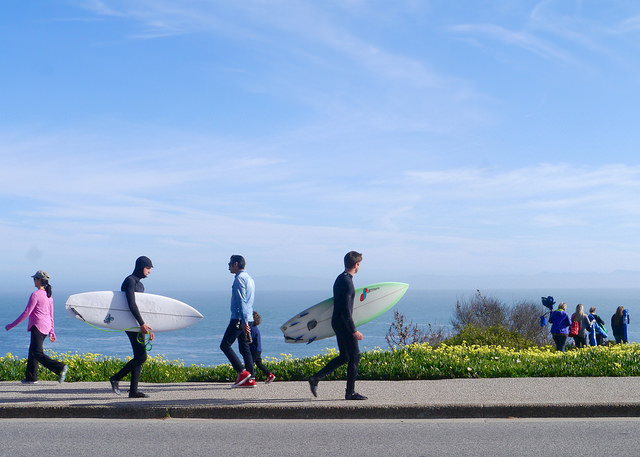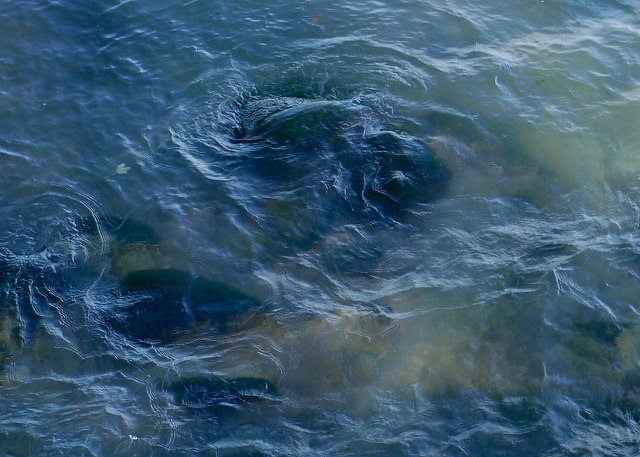In my last post, I shared highlights from an all-day seminar (through the Latow Photography Guild) with world and humanitarian photographer David duChemin. That post was about voice and vision. Today, I’ll share with you what he had to say about visual stories.
One of the workshops I offer (along with Sally Drew) is Once Upon a Time: Photographs have Stories to Tell. I believe that our photographs are one step ahead of our conscious minds. They hold clues to what we’re thinking and feeling, to what we truly love, to our voice.
Photographs tell stories through the use of visual rather than written language. This visual language is expressed through the elements in the photograph – light, lines, shapes, texture, patterns, etc. And, also through the use of symbols, metaphor, contrasts, and perspective. The impact of the stories depends on what we leave in and what we leave out. In the seminar with duChemin, I appreciated his delineation between visual stories and visual poems.
Visual Stories – evoke meaning, hope, empathy, curiosity

These images tell a story similar to a written story. They have some or all of the elements of story – theme, setting, character, action, conflict, change, empathy, mystery. Conflict (or tension) is the heart of story, In a visual story, conflict is visualized through contrast – of ideas (light and dark, men and women, work and play, etc.). It is expressed through relationships and other differences – tonal, colour, texture, lines, light, etc.
In the image above, the strongest contrast is between the surfers going one way and the non-surfers a different way. And then, there is the group standing along the shoreline. It tells a story about this day, that there is something happening.
Visual Poems – evoke mood or emotion

These images don’t necessarily tell a story. Instead, they are evoke emotion. This is a different way to connect that is similar to music and poetry. They go straight to the heart.
Mood and emotion can be expressed visually in many ways – through light, colour, gesture, facial expression, mystery, etc. I’ve found that abstract photography is a form of visual poetry that bypasses story and goes straight to the emotion. In the image above, the colour blue and the swirling waters draw me in to the mood of swirling, complicated emotions.
I find that my photographs lean towards visual poems rather than stories. Sometimes, a visual poem can be a story too. How the image is perceived, as a story or a poem, depends on how the photographer communicates, as well as the experiences of the viewer.
Nice to see your images. I love the stories within your first photograph. How the passers-by are intent on where they’re going. The surfers are definitely moving forward with purpose.
The second image evokes turmoil when I look at it – as if I were in front of an important decision and I needed to act fast.
Thank you for the links. I am looking forward to checking them out.
Hi Kim ~ Your blog posts continue to teach & enlighten me. As you discussed the notions of visual story vs. visual poetry, I realized that my photography runs more towards poetry, as yours does. In a way, that surprises me, because in the literal sense of the term, I tell & read stories. Poetry was never “my thing.” For quite some time, I have hoped that my images do more than show & tell, but rather draw the viewer in through their emotions. I almost always take a photo because I’m feeling something, not just seeing it. So having this new understanding re: storytelling vs poetry may help me better visualize why and how I compose each image.
I look forward to more of what you will share, as always. Mr. duChemin is one of my heroes, so I especially appreciate the inclusion of his fine work.